On March 9, 2023, an EAA-IASA seminar was held in a hybrid format. Ian Cipperly (Ph.D. Candidate, The University of Chicago), who is staying at Institute for Advanced Studies on Asia (IASA) as a visiting fellow, gave a presentation titled “Tōshōgū as a Source of Sacred Legitimacy: Festivals of the Gosanke in Tokugawa Japan.” Prof. Takahiro Nakajima (EAA Director) moderated the seminar.
Although we tend to immediately associate Tōshōgū with Nikko Tōshōgū, there are in fact Tōshōgū shrines in various place in Japan. As examples, Mr. Cipperly mentioned Ueno Tōshōgū, Kunōzan Tōshōgū and so on. He conducted fieldwork at these locations. Based on his analysis of his collection of iconographic materials such as picture scrolls and folding screens, he presented a hypothesis on how Tōshōgū functioned as a mechanism for the creation and maintenance of authority and power of Tokugawa regime.
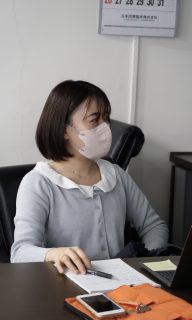
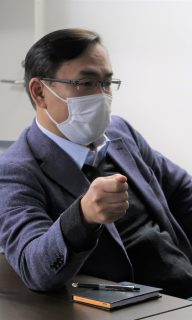
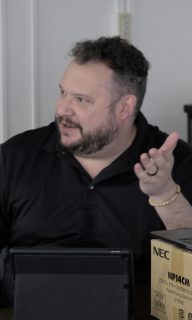
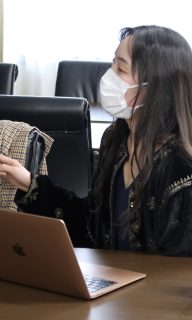
He also focused on how Tōshōgū was established as a religious and political institution. According to him, there was a conflict between the Yoshida Shintoists, who believed that Ieyasu (家康) should be enshrined as the “Daijingū (大神宮),” and the Sanno-Ichijitsu Shintoists, who believed the Ieyasu should be enshrined as the “Daigongen (大権現),” a deity based on Yakushi Nyorai (薬師如来). Besides, there was the Sanno-Ichijitsu Shintoists’ plan to make Tōshōgū function as a mechanism to oppose the giant religious power of the Hieizan(比叡山). The Tokugawa Shogunate, boldly established in the eastern area of Japan, needed Tōshōgū as an institution to stabilize its own legitimacy and power, suppressing the political and religious power that had long developed around the topos of Kyoto.
The presentation was followed by many questions and comments from both in-person and onloine participants. Mr. Cipperly told us, “Now we are getting out of COVID-19, it was fun and valuable to present my research in person in Tokyo.” We hope to have such opportunities more and more this year.
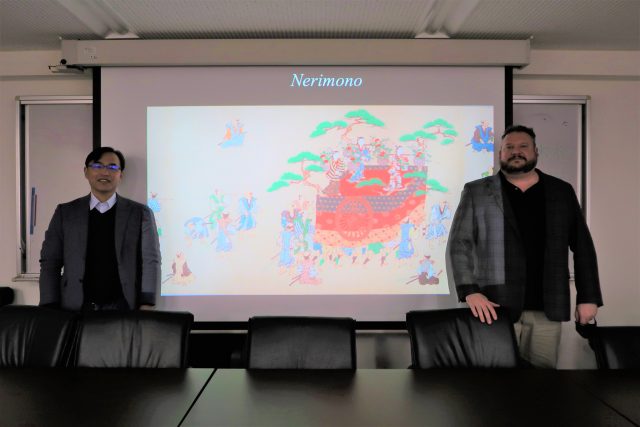
Reprted by Sana Sakihama (EAA Project Assistant Professor)








